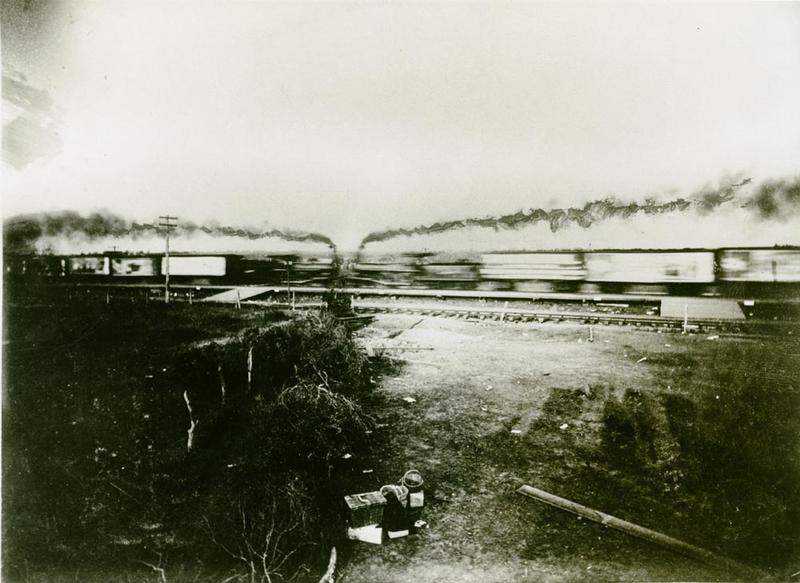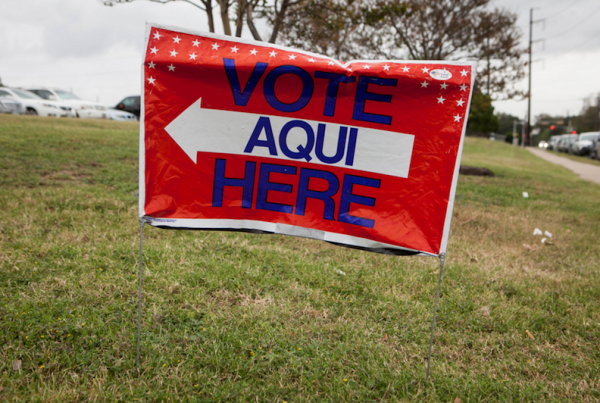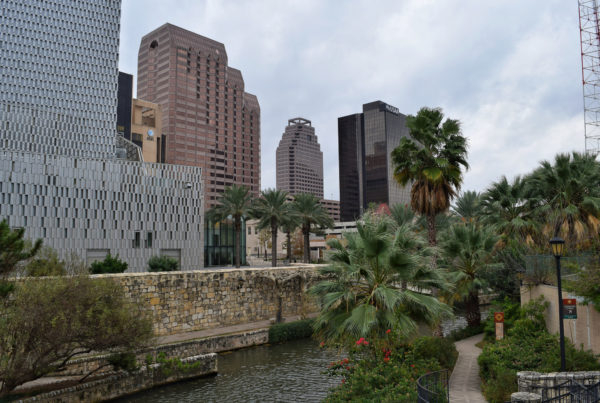From Heart of Texas Public Radio:
The year is 1896 and Texas – much like the rest of the U.S. at this time – is coming off the heels of an economic downturn. Money is tight and jobs are hard to come by. So for the Missouri, Kansas & Texas railroad – better known by its nickname, The Katy – coming up with a creative marketing ploy to spur passenger revenue was a bit tricky. That’s where William George Crush comes in. He was a passenger agent for the Katy and he had an idea – something that would bring publicity to the railroad.
“So he got two locomotives, put them facing each other and brought them together in a staged collision.”
Robert Gallamore, is the co-author of “American Railroads: Decline and renaissance in the 20th century.” He says at the time that Crush is pitching this publicity stunt, the railroad industry is already a dominant force in the country and the Katy is growing.
“In this case, what was it, the Katy Railroad – the Missouri Kansas Texas railroad had expanded from its base in St. Louis and Parsons, Kansas and places like that,”Gallamore says. “It was actually the first railroad to build through the Indian Territory, I believe it was still called.”
Not only is the industry well established at this time but it’s also really competitive. In part, that’s what led to Crush’s outlandish pitch – he wanted something that stood out. The only concern: would the trains’ boilers burst upon impact. All but one of the engineers that were asked said no. And that was enough for the Katy board members and Crush. Soon, word of the event was in headlines across the state and flyers were posted along the Katy railway, encouraging riders to take a $2 round trip to see the spectacle. And when it came time for the crash, Stephen Sloan says an estimated 40,000 people descended upon a pop-up town called Crush, Texas – a site just 15 miles north of Waco, near the town of West. Sloan is a historian and director of the Baylor Institute for Oral history.
“Well there’s kind of a surreal-ness with it,” Sloan says. “When you first hear the story, to imagine this happened, to imagine that in this middle-of-nowhere, for a day, what would’ve even the second largest city in Texas popped up to see this event that still seems hard to imagine that it actually occurred.”
At this fictional town, a 3-mile stretch of track was set up, adjacent to the Katy railway that ran through the area. On one end was a 35-ton locomotive, engine No. 999. It had a bright green body with red trimming. And on the other side of the track was another 35-ton locomotive, No. 1001. Its colors the reverse of its competition – bright red and trimmed in green. Each train had six boxcars attached.















